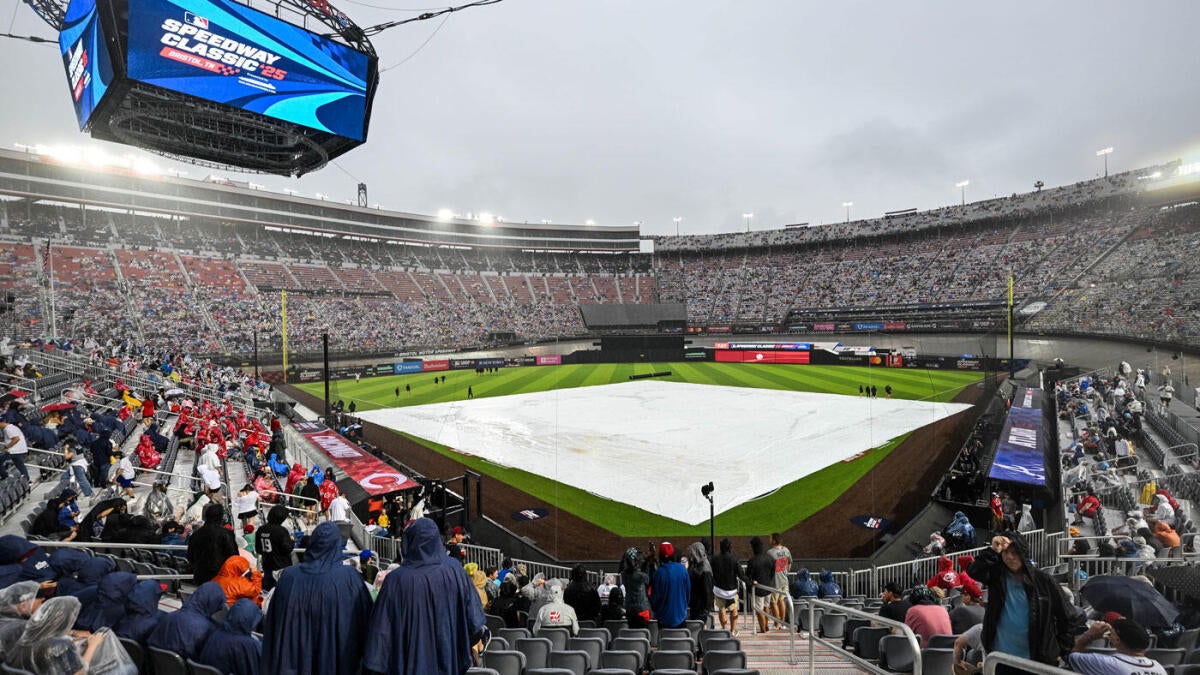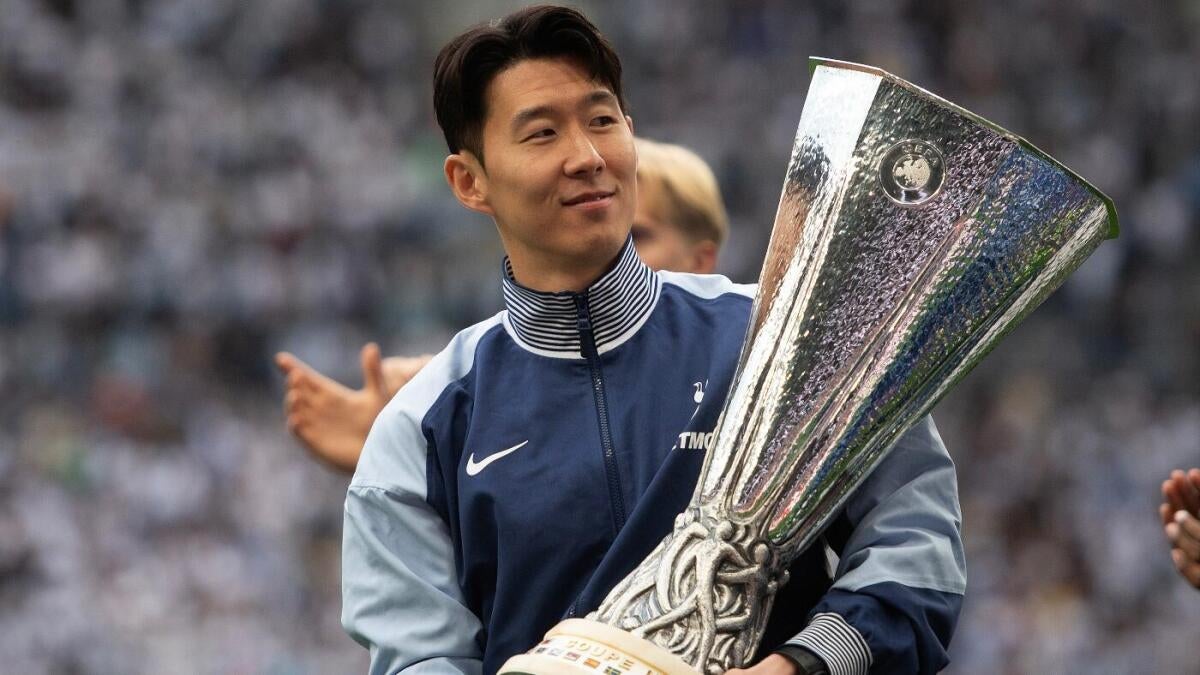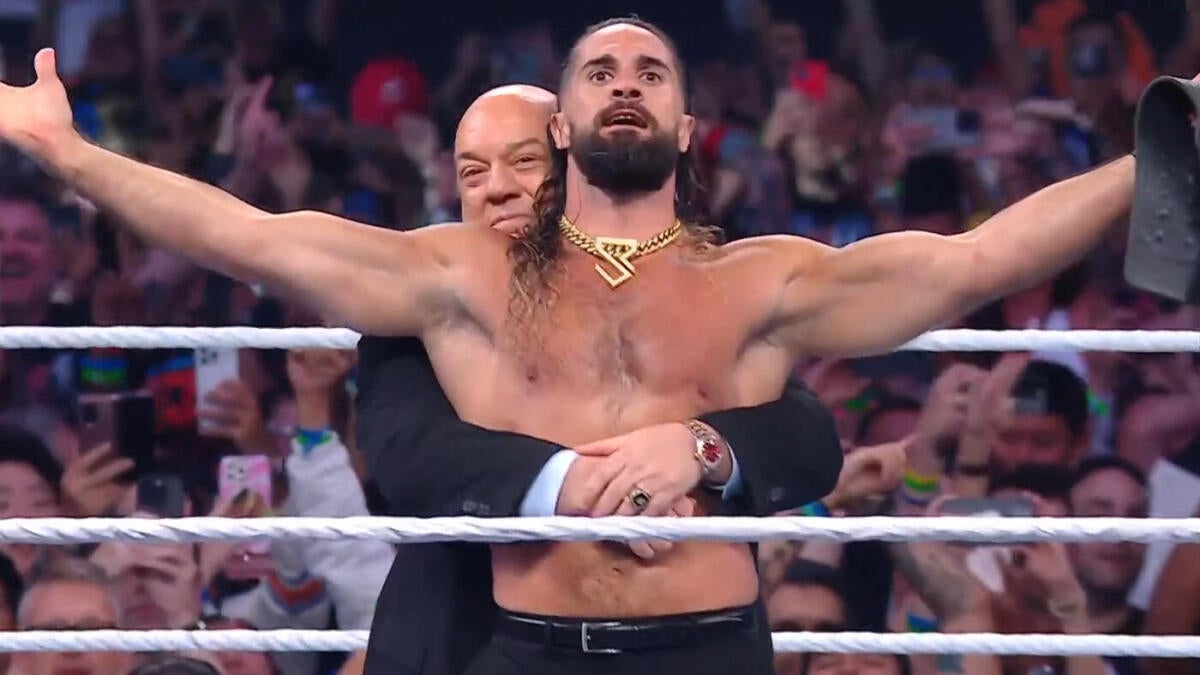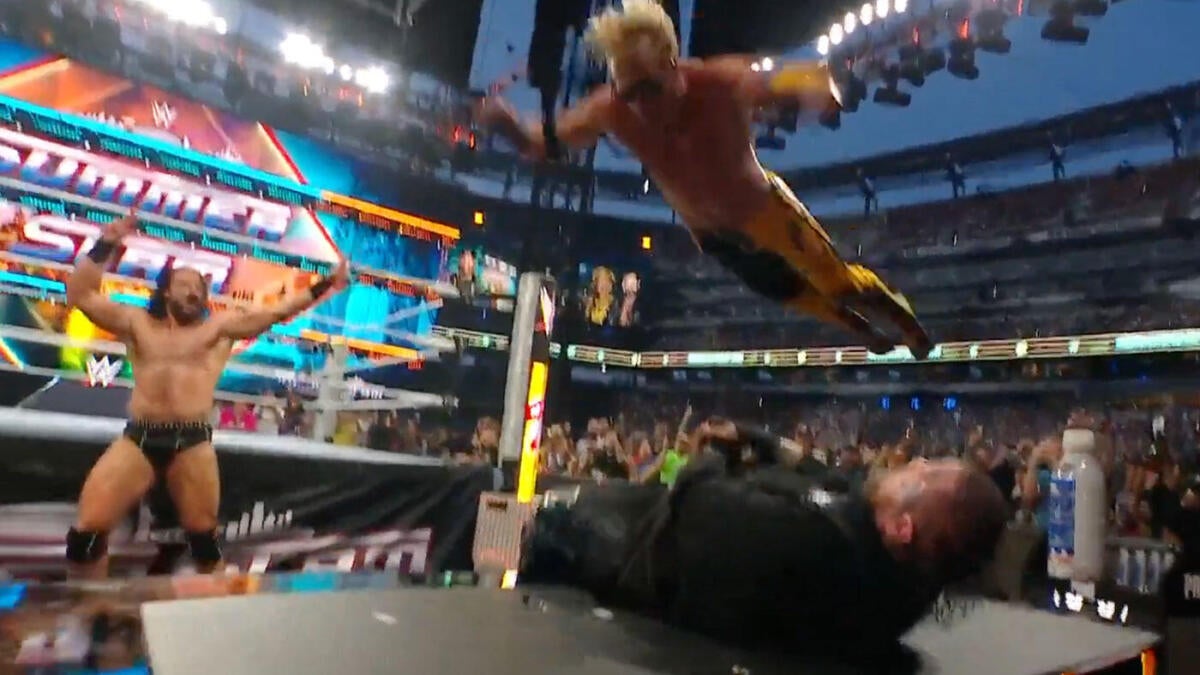The Detroit Tigers’ Trade Deadline Strategy: A Balancing Act of Immediate Needs and Future Aspirations
Introduction: Navigating a Season of Uncertainty
The Detroit Tigers’ 2025 campaign has been a study in contrasts—moments of brilliance punctuated by frustrating setbacks. As the MLB trade deadline loomed, the team found itself in a precarious position, fighting for a playoff berth in a fiercely competitive American League. The pitching rotation, in particular, has been a rollercoaster of injuries and inconsistent performances. The front office faced a critical juncture: address immediate needs while maintaining an eye on the future. The acquisition of right-hander Chris Paddack from the Minnesota Twins, juxtaposed with the devastating news of Reese Olson’s season-ending injury, epitomizes the Tigers’ strategy—a delicate balancing act between short-term gains and long-term sustainability.
The Paddack Acquisition: A High-Risk, High-Reward Move
The trade that sent Chris Paddack to Detroit in exchange for switch-hitting catcher Enrique Jimenez was more than just a transaction; it was a strategic gambit. The Tigers, recognizing the urgency of their situation, targeted Paddack, a right-hander with a career marked by flashes of brilliance and frustrating inconsistency. Paddack’s track record is a mixed bag: when healthy and confident, he can dominate hitters with a mid-90s fastball and a deceptive changeup. However, injuries and erratic performances have plagued his career.
For the Tigers, the acquisition of Paddack is a calculated risk. The hope is that a change of scenery and a defined role within the rotation can unlock his full potential. Paddack’s experience and talent could provide the stability the Tigers’ rotation desperately needs. Additionally, the inclusion of Randy Dobnak in the trade adds depth and versatility to the pitching staff. Dobnak, while not as high-profile as Paddack, can serve as a long reliever, spot starter, or even a future trade chip. This move underscores the Tigers’ commitment to addressing immediate needs while maintaining flexibility for the future.
The Olson Injury: A Devastating Setback
The acquisition of Paddack was made all the more crucial by the heartbreaking news of Reese Olson’s shoulder strain, which prematurely ended his season. Olson, a young and promising right-hander, had emerged as a key contributor to the Tigers’ rotation. His poise, command, and ability to generate strikeouts made him a fan favorite and a valuable asset. The loss of Olson is a significant blow to the Tigers, not only in terms of talent but also in terms of the void he leaves in the rotation.
Olson’s injury forces manager A.J. Hinch to reshuffle the rotation and rely on less experienced arms. The timing of the injury couldn’t have been worse, as it coincided with other rotation members landing on the injured list, including Alex Cobb, Sawyer Gipson-Long, and Jackson Jobe. These setbacks further exacerbated the Tigers’ pitching woes and highlighted the need for immediate reinforcements. The loss of Olson underscores the importance of having depth and the unpredictable nature of baseball.
Filling the Void: The Projected Rotation
With Olson sidelined, the Tigers’ projected rotation faces significant challenges. The addition of Paddack helps to mitigate the damage, but questions remain about the overall effectiveness of the staff. Here’s a look at the potential rotation:
This rotation has the potential to be competitive, but it also has vulnerabilities. The success of the Tigers’ pitching staff will depend on the ability of Paddack, Manning, and Mize to step up and deliver consistent performances. The Tigers will need to rely on their bullpen and offensive support to compensate for any shortcomings in the rotation.
Broader Implications: The Trade Deadline Strategy
The Paddack trade is indicative of the Tigers’ overall approach to the trade deadline. General Manager Scott Harris has made it clear that the team is focused on building a sustainable winner, both in the short term and the long term. The Tigers’ strategy can be summarized as follows:
This approach reflects a balanced strategy that prioritizes both immediate success and long-term sustainability. The Tigers are not just focused on winning now; they are also laying the groundwork for future success.
The Road Ahead: Challenges and Opportunities
The Detroit Tigers face a challenging but potentially rewarding road ahead. The loss of Reese Olson is a significant blow, but the acquisition of Chris Paddack provides a glimmer of hope. To be successful, the Tigers must:
If the Tigers can accomplish these goals, they have the potential to make a deep run in the playoffs. The journey will be challenging, but the rewards could be great.
Conclusion: A Season Defined by Resilience
The Detroit Tigers’ 2025 season is a story of resilience, adaptation, and unwavering determination. The loss of Reese Olson is a stark reminder of the fragility of success in baseball, but the acquisition of Chris Paddack demonstrates the team’s commitment to competing. As the Tigers navigate the final stretch of the season, they will need to rely on their depth, their talent, and their unwavering belief in themselves. Whether they reach the playoffs or fall short, this season will be remembered as a testament to the Tigers’ fighting spirit. The trade deadline moves reflect a strategic focus on both immediate needs and long-term sustainability, setting the stage for an exciting future in Detroit. The Tigers are not just playing for the present; they are building for the future, and that is a vision worth embracing.












